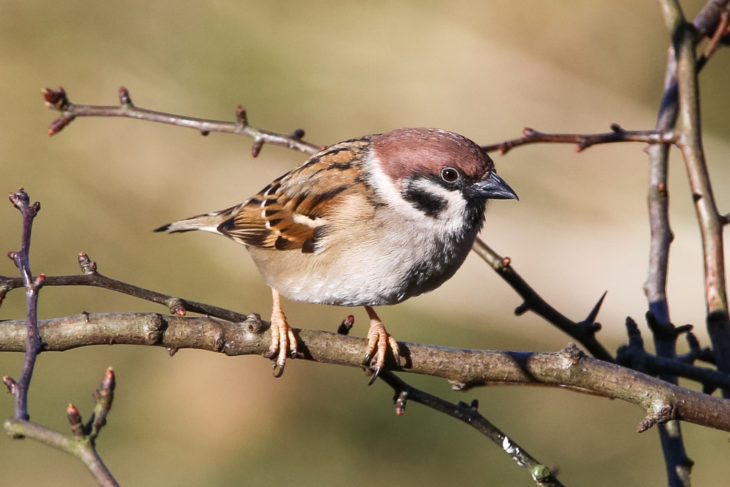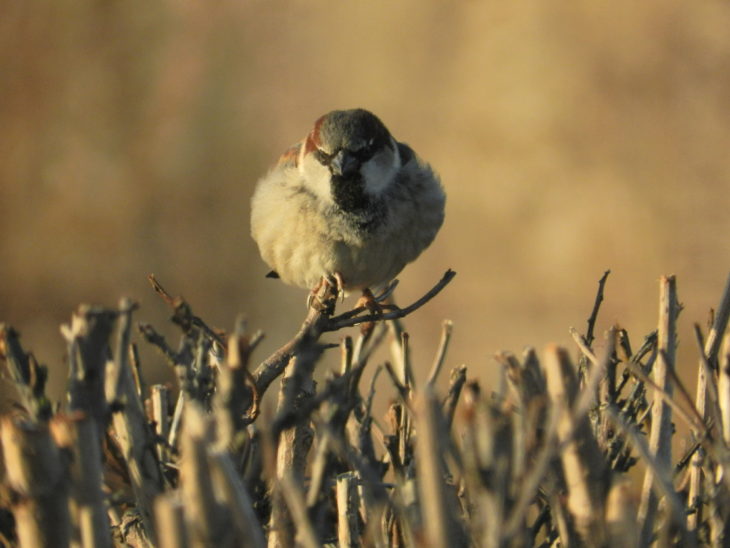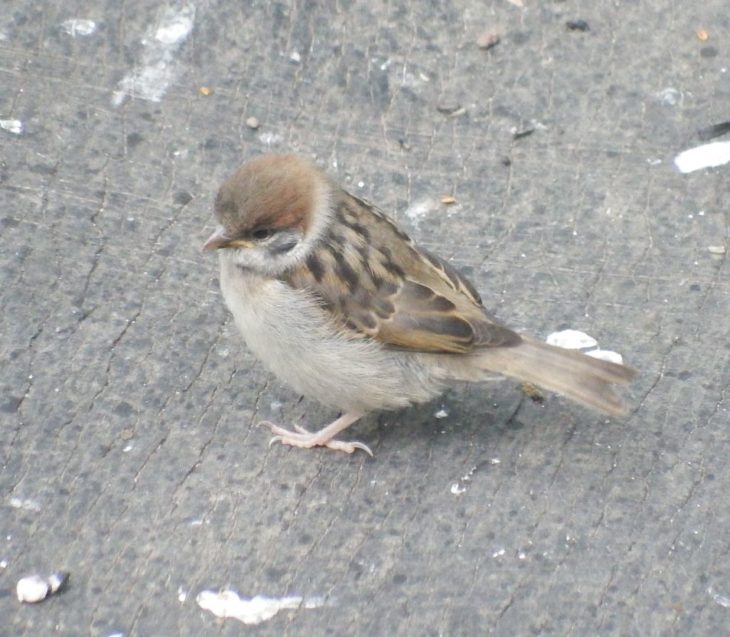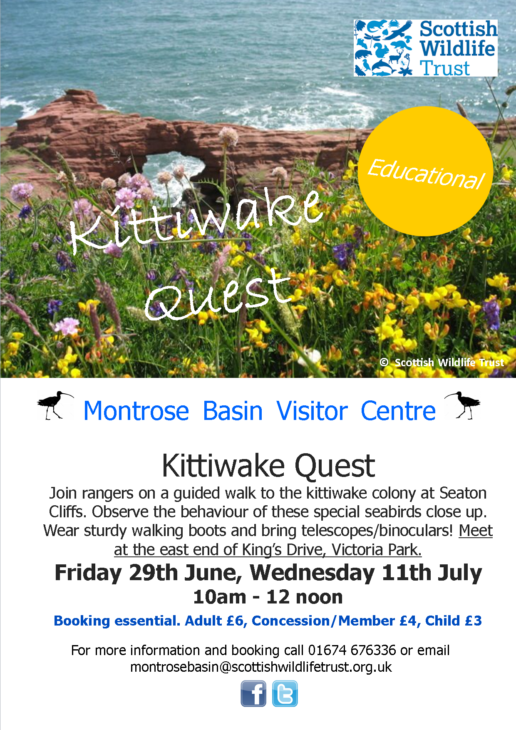Tree sparrows at Montrose Basin!
Tree sparrows are scarce across Britain, but you wouldn’t think that if you came to our visitor centre.
These chatty, flighty little birds are less commonly seen than their larger cousins, the urban house sparrows. This is partly because they are shyer and prefer open woodland and farmlands to towns, but also because since the 1970s, the population of tree sparrows has crashed by about 93%. They are patchily found across the British Isles, avoiding the uplands of Wales and England and most of the south-west. In Scotland, you are most likely to see them on the east coast in the lowlands. These birds are not fond of harsh weather or mountains!

You can identify a tree from a house sparrow by size and colour. House sparrows are larger and stockier than tree sparrows. Tree sparrows are also more vivid in colour, replacing heads and necks in tones of grey for rich chestnut browns, contrasting with smart white cheeks and collars. The most distinctive difference between the two is the bold black spot on the cheeks of the tree sparrows. Unlike the house sparrow, both sexes of tree sparrow have the same markings.

The tree sparrows are very accommodating for our centre visitors. Even if the weather is terrible and nothing else is obviously about, they’ll be chattering away about the feeders, only a few metres from our windows. Especially at this time of year; our feeders are being constantly emptied by the adults and their many fledglings.

During the breeding season, our sparrows become very busy. Tree sparrows lay 5-6 eggs, which take 12-13 days to incubate and another 15-18 days to leave the nest. During the time in the nest, the adults will bring back soft insects for the young, as adult sparrows will mostly feed on seed. Depending on our wonderfully variable Scottish weather, they can start breeding from late April to mid-July and may have up to three broods a year. So we may be joined by many more fledglings over the coming weeks.
These juveniles will join a great variety of young birds that we currently have at the Basin, including blue tits, greenfinches and eider chicks in fluffy crèches.
– Sarah Woodfin (Visitor Centre Intern)

Help protect Scotland’s wildlife
Our work to save Scotland’s wildlife is made possible thanks to the generosity of our members and supporters.
Join today from just £3 a month to help protect the species you love.
Preface
Tree sparrows are scarce across Britain, but you wouldn’t think that if you came to our visitor centre. These chatty, flighty little birds are less commonly seen than their larger …
